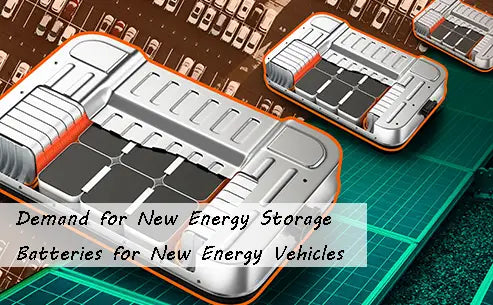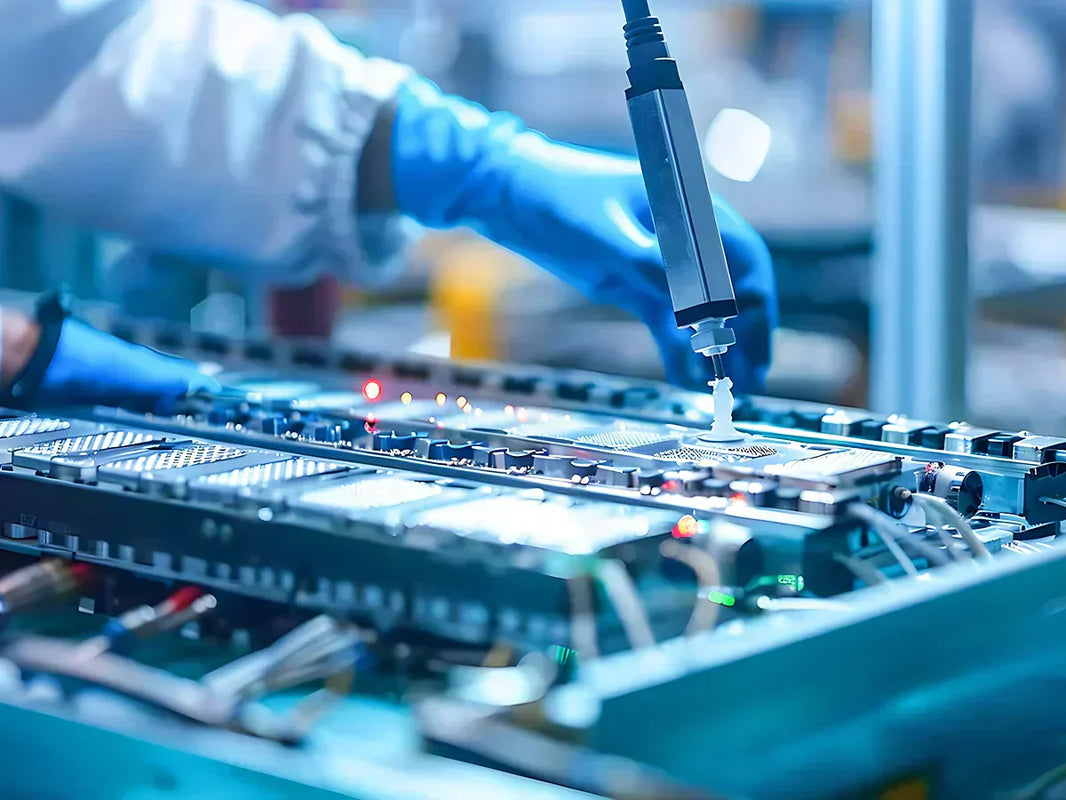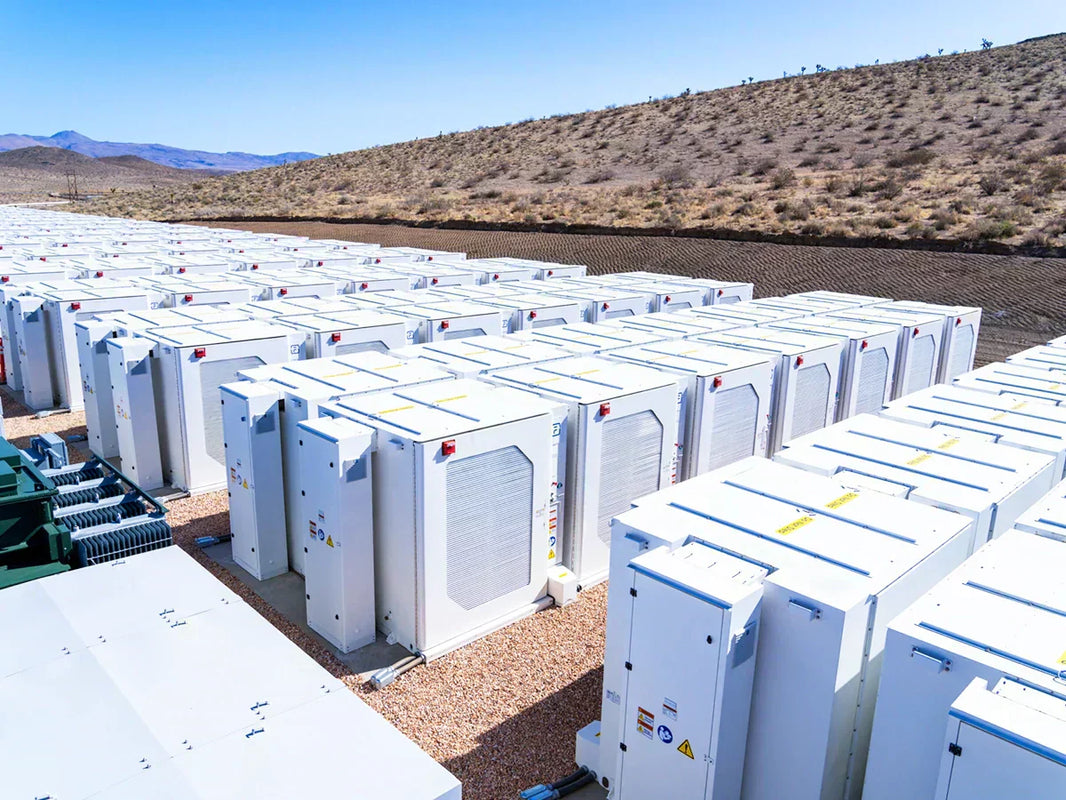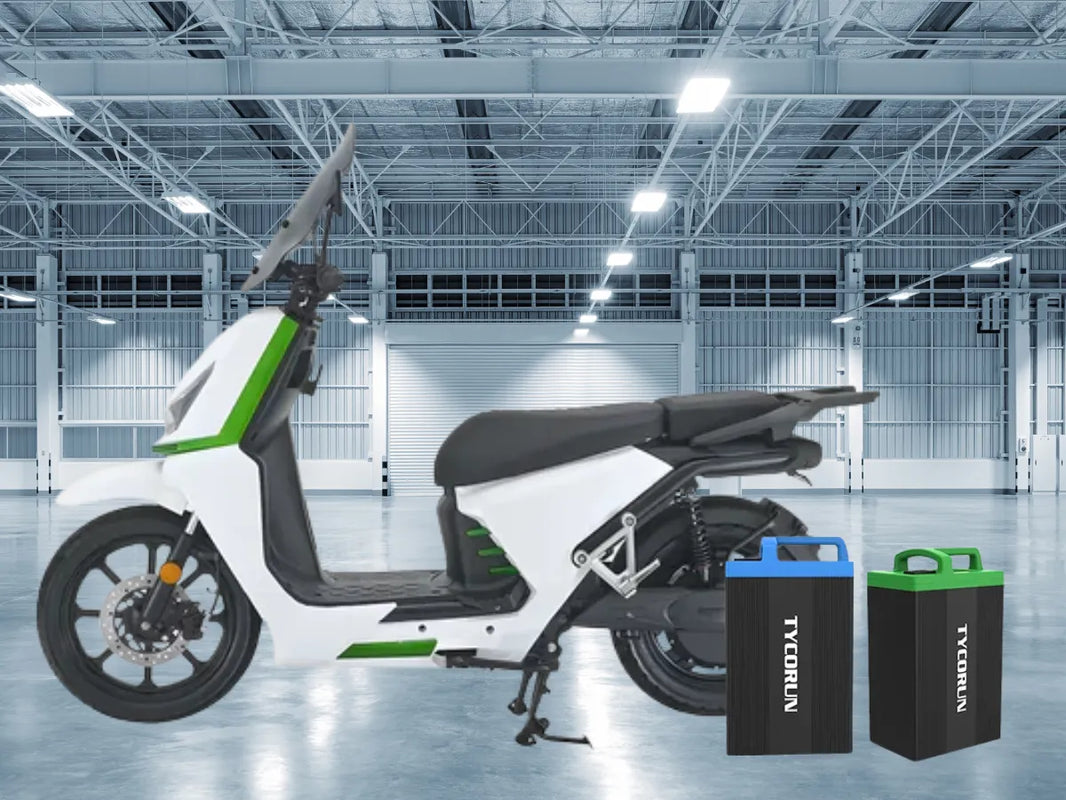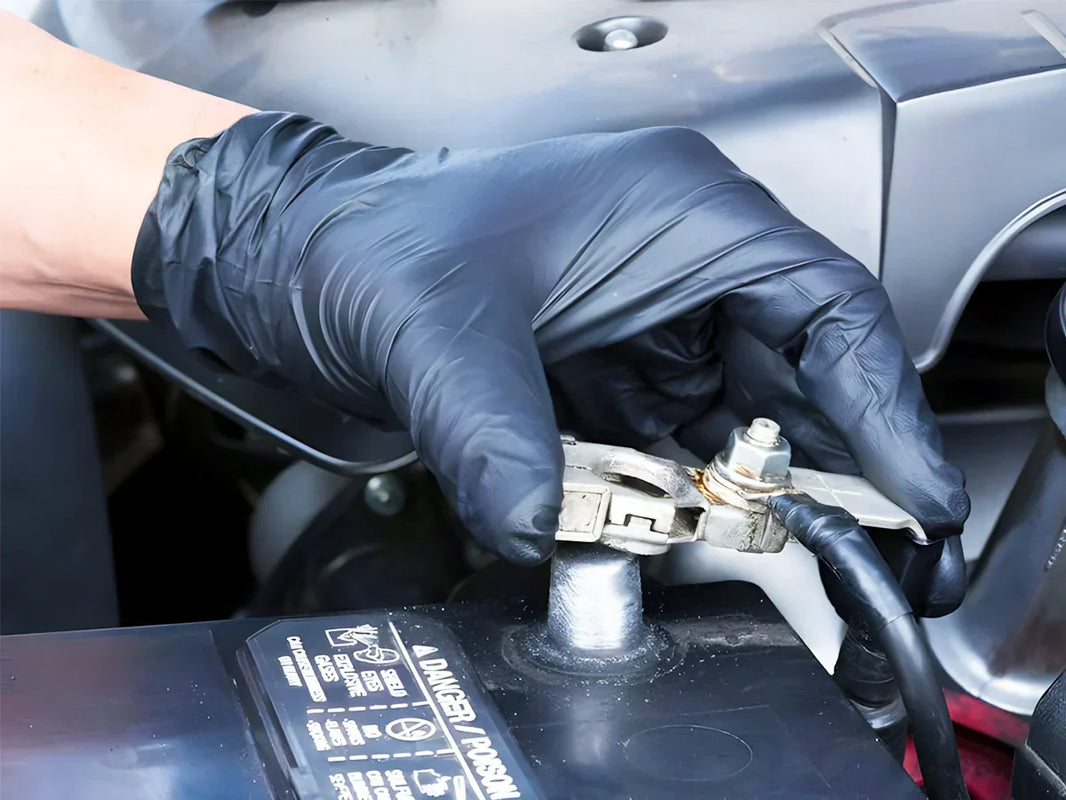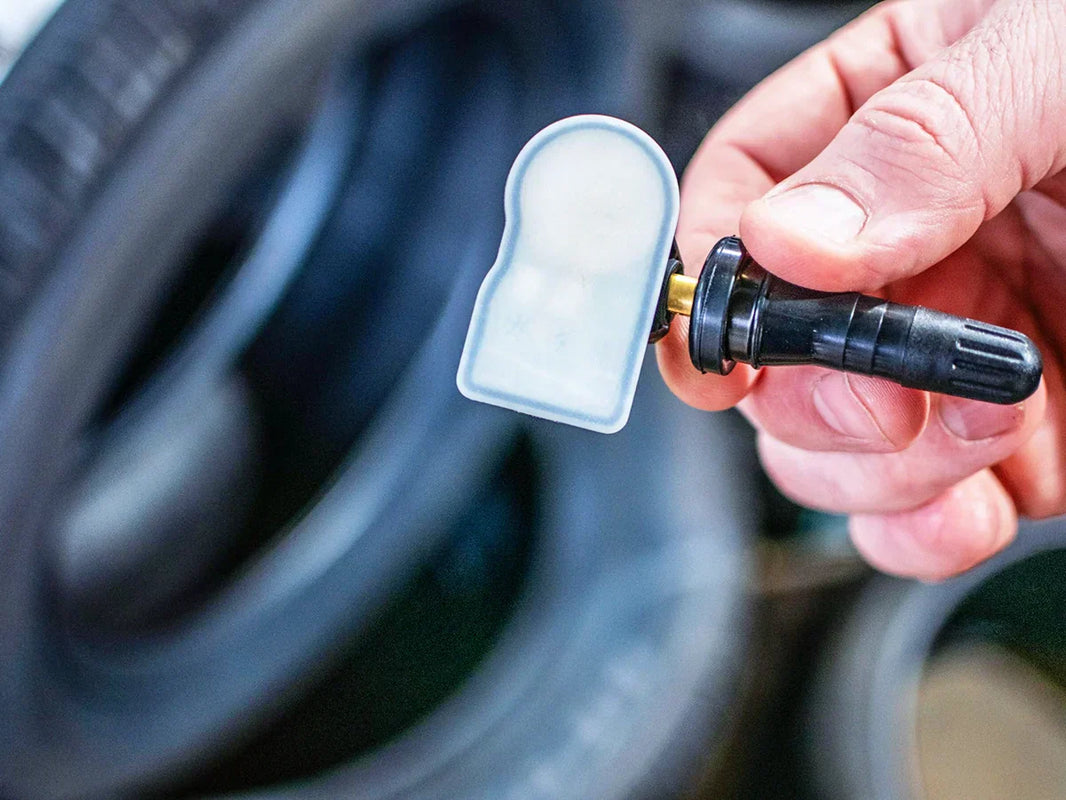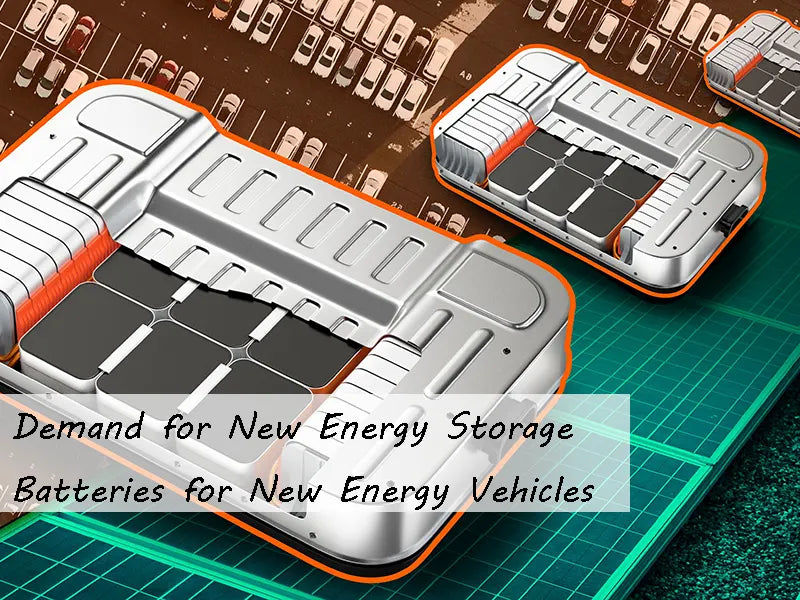
Main content:
1. New energy vehicles and new energy storage batteries
The era of new energy vehicles is slowly approaching us. People in the industry are generally optimistic about electric vehicles with zero emissions and significant energy saving and operating cost advantages, and the key to electric vehicles lies in energy storage batteries. In recent years, the rapid development of electric vehicles has brought great opportunities for the rise of the electrochemical industry. Chemical energy storage batteries will be used as a new energy source for the automotive industry.
Whether it is a pure ICE vehicle, an electric hybrid vehicle or a fuel cell vehicle, the energy storage batteries will play a necessary and irreplaceable role. In 2002, deep-cycle lead-acid energy storage batteries accounted for more than 66% of the batteries used in the new generation of transportation vehicles, and the rest were nickel-metal hybrid energy storage batteries, which were used in hybrid vehicles. Pb-acid batteries continue to play a dominant role in small-scale all-electric vehicles for special purposes. By 2007, the share of deep-cycle Pb-acid batteries dropped to about 49% of the next-generation transportation vehicle market, NiMH batteries accounted for about 50% due to their suitability, and lithium chemistry batteries continued to be developed, and after 2007, were Electric hybrid vehicles and fuel cell vehicles are selected as power auxiliary energy storage batteries.
New energy storage batteries are the main force in developing energy technology and improving energy production and utilization efficiency. With the rapid development of the electronic information product manufacturing industry on a global scale, the new energy storage batteries industry that is compatible with the miniaturization and portability of electronic products has won. unprecedented development opportunities. The new energy storage batteries industry represented by lithium batteries, solar cells and fuel cells has entered a period of rapid growth, and the industry scale has grown rapidly.
The new green energy storage batteries refer to a type of high-performance, non-polluting energy storage batteries that has been put into use or is being developed in recent years. At present, lithium-ion batteries, metal hydride nickel batteries, and Youqiu alkaline zinc-manganese energy storage batteries that are being widely used, as well as lithium or lithium-ion plastic batteries, fuel cells, and electrochemical energy storage supercapacitors that are being developed. It belongs to the category of new green energy storage batteries. In addition, the widely used solar energy battery for photoelectric conversion using solar energy also belongs to this category.
At present, the routes of new energy technologies for automobiles in different countries are very different. Brazil vigorously develops new energy technologies for regenerative vehicles. The United States, Europe, Japan and other traditional automobile consumer countries mainly develop three types of electric vehicle technologies: pure electric vehicle technology, hybrid electric vehicle technology and fuel cell vehicle technology. Due to the limitation of resource endowment in bioenergy technology, the current mainstream new energy technology for automobiles is mainly based on electric vehicle technology.
Electric vehicle technology can be divided into three technical schools: pure electric vehicle, hybrid electric vehicle and fuel cell vehicle technology. The ones that have been commercialized so far are pure electric vehicles and hybrid electric vehicles.
Pure electric vehicles and fuel cell vehicles can achieve zero emissions during the use of vehicles, and completely get rid of the dependence on petroleum resources, which will become the ultimate goal of the development of new energy vehicles; and in the choice of transitional routes, due to alternative energy vehicles and Biomass energy vehicles are highly dependent on related energy sources, and their development has regional characteristics, making it difficult to promote globally; hybrid vehicles have relatively few improvements to existing vehicle technologies, and have better fuel economy in periods of high oil prices , and meet high emission standards, is the best transition route.
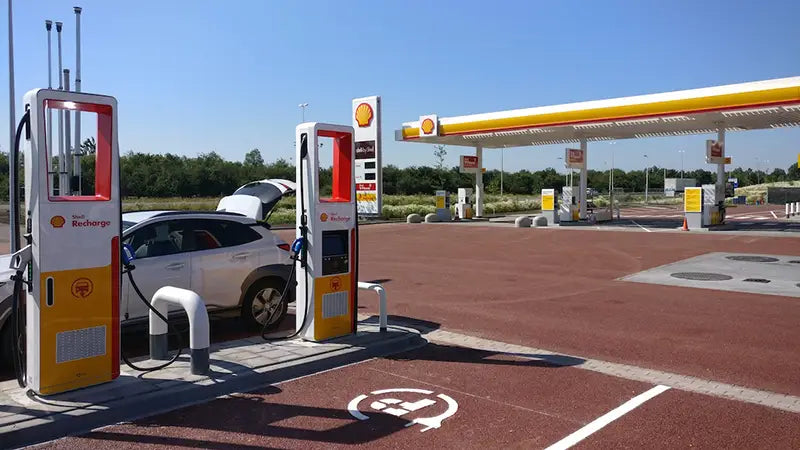
2. Statistics on new energy storage batteries
A report released by Fuji Economic Research Institute on November 18, 2009, a professional market research organization in Japan, shows that due to the popularity of environmentally friendly vehicles worldwide, hybrid vehicles and electric vehicles are popular. The market will expand rapidly, and the scale in 2014 will be more than 200 times larger than that in 2008. According to the agency's survey of battery manufacturers, affected by the financial crisis, the global battery market shrank by about 11.2% in 2009. Among them, the total shipments of disposable dry batteries dropped slightly by 0.5% to about 1.2952 trillion yen; while the shipments of rechargeable batteries dropped sharply by 15.9% to about 2.5213 trillion yen. The report predicts that the market will recover rapidly and continue to expand after 2010. By 2014, the total shipments of global battery manufacturers will increase by 45.2% compared with 2008, reaching 6.2392 trillion yen. Among them, the market size of disposable dry batteries will drop by 4.7% to about 1.2409 trillion yen; but at the same time, the market of rechargeable energy storage batteries will expand to 4.9983 trillion yen, an increase of 66.8%. At present, hybrid vehicles mainly use nickel-metal hydride battery technology, while lithium energy storage batteries have the advantages of high energy density, large capacity, no memory, etc., and have been unanimously recognized by various automobile manufacturers and battery manufacturers. The problem that needs to be solved at present is its Stability, safety and production cost of use. Power battery technology is the key to the development of hybrid vehicles: hybrid vehicles are the best transition product at present, but pure power battery vehicles are the future development direction, and its core technology is a breakthrough in energy storage batteries technology. At present, most of the hybrid energy storage batteries use nickel-metal hydride materials, but some important technical indicators of nickel-metal hydride energy storage batteries are close to the theoretical limits, such as energy density, charge and discharge speed, etc., so they are not considered as the future development direction. Relatively speaking, lithium energy storage batteries have the advantages of high safety, high stability, environmental protection, and low price, and have been recognized by various automakers and energy storage batteries manufacturers, but they also have stability, safety and production costs. question. If there is a breakthrough in the stability, safety and production cost of lithium storage battery technology, the development of pure power battery vehicles will be accelerated. Hybrid vehicles are the mainstream of new energy vehicles in the future. Power batteries are the core components of HEVs, and 80% of HEVs currently use nickel-metal hydride power batteries. The nickel-metal hydride power storage battery industry will benefit from the rapid growth of the HEV industry. At the same time, as the best battery type for HEVs recognized in the industry, lithium energy storage batteries will also benefit from the rapid growth of HEVs in the long run.
The US Department of Energy selected five projects in October 2007 to invest 17.2 million US dollars to develop energy storage batteries for combined hybrid vehicles, focusing on the development of PHEV batteries in the range of 10mi and 40mi. DOE also provided nearly $2 million to the University of Michigan to develop batteries for future PHEVs. The development period of the 5 projects is from October 2007 to 2009. The main funding objects and project contents are: 3M Company received a funding of 1.14 million US dollars to develop nickel/manganese/cobalt cathode materials within 2 years, and successfully manufacture and test small-scale storage batteries. battery. A123Systems has been awarded $6.25 million to develop energy storage batteries based on nanophase iron phosphate chemistry within 3 years for PHEVs in the 10mi and 40mi range. Compact Power has received $4.45 million to develop batteries for PHEVs in the 10mi range within 3 years, using high-energy and high-power manganese-spinel. EnerDel received a grant of US$1.25 million to develop a high-voltage nickel-manganese cathode material for PHEVs in the range of 10mi and 40mi within 2 years. Johnson Controls received $4.1 million to develop energy storage batteries for PHEVs in the 10mi and 40mi range over 2 years, using nickelate/layered chemistry to develop energy storage batteries.
For lithium storage batteries, according to different cathode materials, they can be divided into three types: cobalt phosphate lithium storage batteries, manganese phosphate lithium storage batteries, and lithium iron phosphate storage batteries. Lithium cobalt phosphate was abandoned due to the high price of cobalt; compared with lithium iron phosphate, lithium manganese phosphate is not high in terms of safety and service life; in the foreseeable future, lithium iron phosphate will become the main cathode material for lithium energy storage batteries . Both GM's Volt and BYD's F3DM use lithium iron phosphate storage batteries.
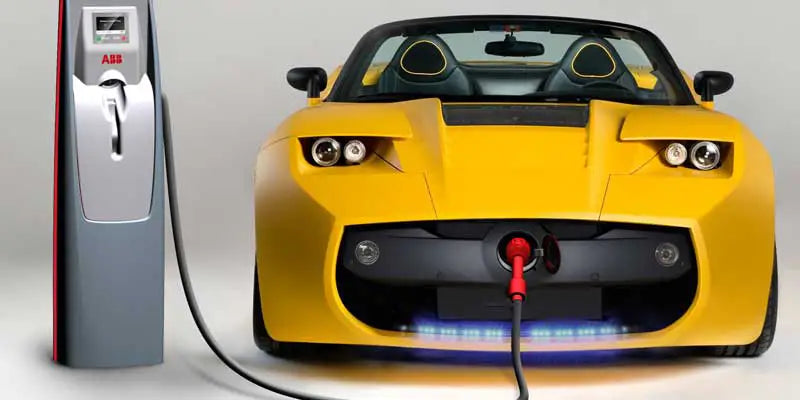
Because the hybrid vehicle will be the best transition product, it will gain a larger market share in the early stage of the development of the new energy vehicle industry. Its core technology is the energy conversion system, and the energy storage batteries unit is only one of the non-key components. In the early stage of promotion, because the vehicle enterprises do not have a large scale, relevant battery manufacturers will obtain appropriate profits during the promotion period.
In June 2008, the German government and industrial giants such as Europe's largest automaker Volkswagen and energy supplier EON jointly announced a hybrid vehicle development plan. The German Minister of the Environment said that the government will allocate 15 million euros of project funds for the plan, which includes the development and launch of rechargeable storage batteries using renewable energy in the next four years, and the development of more advanced vehicle batteries.
It is reported that although several German car companies, including Volkswagen, Mercedes-Benz and BMW, have started electric vehicle development plans, the industry predicts that it is difficult to have new products put on the market in large quantities before 2010. One of the important reasons is that the introduction of a new generation of energy storage batteries requires a lot of scientific research and development work.
Japan has formulated a plan centered on the external groups of the Ministry of Economy, Trade and Industry of Japan. Japan's Toyota, Nissan, Honda, Suzuki, Mitsubishi, Mazda, Fuji Heavy Industries, Daihatsu, Yamaha 9 automobile and motorcycle manufacturers and Sanyo Electric, Hitachi Manufacturing Co., Ltd. , Panasonic Battery Industry, Pasona Energy, GS Yuasa and other battery manufacturers, together with Tokyo Electric Power Company, Japan Automobile Research Institute, Ministry of Economy, Trade and Industry, Ministry of Land, Infrastructure and Transport and other units will jointly participate in the implementation of the test to formulate a unified lithium storage battery Specifications and Safety Standards. At the same time, the charging method will also be standardized.
Japan's National Resources and Energy Agency and the European Union announced on March 11, 2009 the joint development of advanced electric vehicle energy storage batteries. ANRE is subordinate to the Ministry of Economy, Trade and Industry. Both parties will commercialize these advanced technologies in 2030.
Japanese battery manufacturer GSYuasa said that the new generation of energy storage batteries products required to be developed can enable electric vehicles to travel 500km (311mi) on a single charge. For this reason, the energy density of such energy storage batteries will be 300W.h/kg. The rate is 90%.
The typical energy density of rechargeable energy storage batteries in common use today is:
Lead-acid storage battery - 30W·h/kg;
NiMH accumulator battery (as used in Prius hybrid cars) - 46W·h/kg;
NiMH accumulator battery (as used in RAV4 EV electric vehicle) - 65W h/kg;
GM Volt Lithium Ion Storage Battery - 100W·h/kg (but only using 50% capacity, for which only about 50W·h/kg);
Altair Nanotechnology Energy Storage Batteries - 90W·h/kg;
A123 LiFePO4 energy storage batteries - 100w·h/kg;
Zebra accumulator battery - 120W·h/kg;
18650 format lithium-ion storage battery (with cobalt-based electrodes) - 200W·h/kg;
Electrovaya series energy storage batteries - 330W·h/kg;
SION lithium-sulfur battery - 400~500W·h/kg;
Polyplus lithium-air energy storage batteries - 11 600W·h/kg (non-rechargeable, theoretical energy density only).
As of February 2009, 18650 format lithium-ion batteries are priced at $300/(kW·h). General Motors aims to eventually make GM Volt lithium-ion batteries priced at US$250/(kW·h). Volkswagen said at the end of September 2009 that it is expected that it will take 20 to 30 years for electric vehicles to drive in large numbers. On the road, and during this period, automotive engineers also need to continuously improve electric vehicles. Many well-known automakers, such as Mercedes-Benz, BMW, Volkswagen, Citroen, Peugeot, etc., have launched their own electric vehicles, but these are all demonstration vehicles that have been exhibited and are not finalized vehicles that can be mass-produced. The biggest difference between a demonstration car and a finalized car is that the demonstration car may not consider the manufacturing cost or even the service life. For the finalized car, cost and lifespan are the two most critical indicators, otherwise the market will not accept it at all.
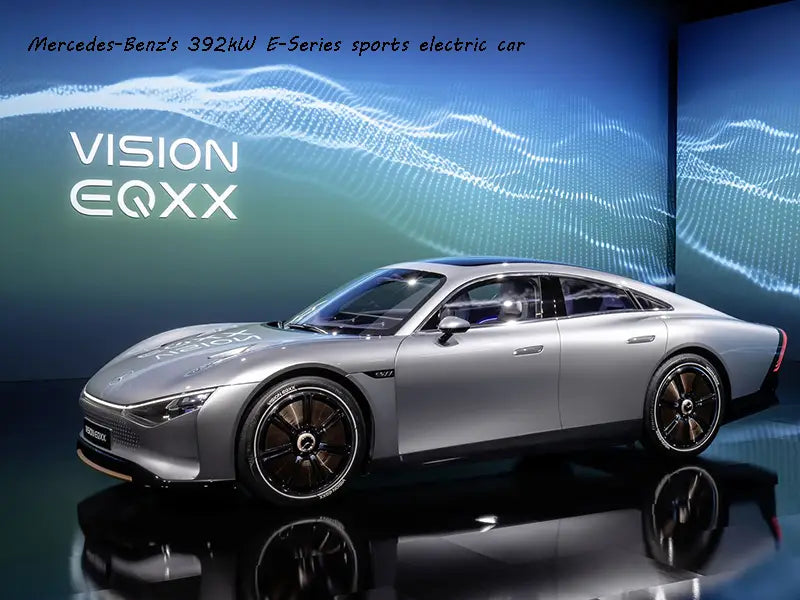
At present, the main factor affecting the entry of electric vehicles into the market is the lack of technology, the most critical of which is the performance of the rechargeable battery. The weight of the lithium-ion rechargeable battery with the best performance in the world is about 10kg per kW·h. To drive a miniature car like QQ, it needs 16~20kW·h of power, which makes the size of the corresponding rechargeable battery and The weight has become very large, and the car has to carry an additional lithium-ion battery weighing 160~200kg, and this electricity is only equivalent to 2L of gasoline when converted into fuel energy. Some manufacturers have introduced that their electric vehicles can travel hundreds of kilometers on a single charge. In fact, this is only for low-speed driving on urban roads, and it must be in the ideal working environment of electric vehicles. For example, the temperature cannot be too high or too low, and the vehicle cannot. Turn on the air conditioner, etc. Another factor restricting the development of electric vehicles is the cost of rechargeable batteries. At present, the cost of a 20kW·h lithium-ion battery is about 20,000 euros. If this kind of energy storage batteries can be mass-produced, of course, the cost can be reduced by at least 1/3, which is also what car manufacturers hope. The performance of the energy storage batteries must be increased by 3 times and the price must be reduced by 2/3 on the existing level, so as to be able to be competitive in the market. Toyota Motor Corporation of Japan is the most advanced in the development of electric vehicles. It has invented and used the so-called hybrid engine technology, that is, a fuel engine with an electric engine, so that the volume of the rechargeable battery can be smaller. Even in such a hybrid engine vehicle, the electric energy of the rechargeable storage battery will be exhausted after driving about 20km. At this time, the fuel engine will start in time and convert part of the energy into electrical energy during travel to charge the rechargeable battery. Toyota's hybrid has sold nearly a million units on the market, but it's not technically 100 percent electric yet. Mercedes-Benz has launched the E-series sports electric car with 392kW of power, and Audi has also launched the top-of-the-line R8 electric car. Both cars use the third-generation hybrid technology, Plug-in-Hybrid technology. The battery of this generation of hybrid technology can already be charged through an external socket and can be driven entirely by electricity for a certain distance. When exhausted, it will automatically switch to the fuel engine. The next step for automakers is to develop fully electric vehicles without fuel engines. The key to realizing 100% electric vehicles, for now, is to have a greater breakthrough in rechargeable battery technology.
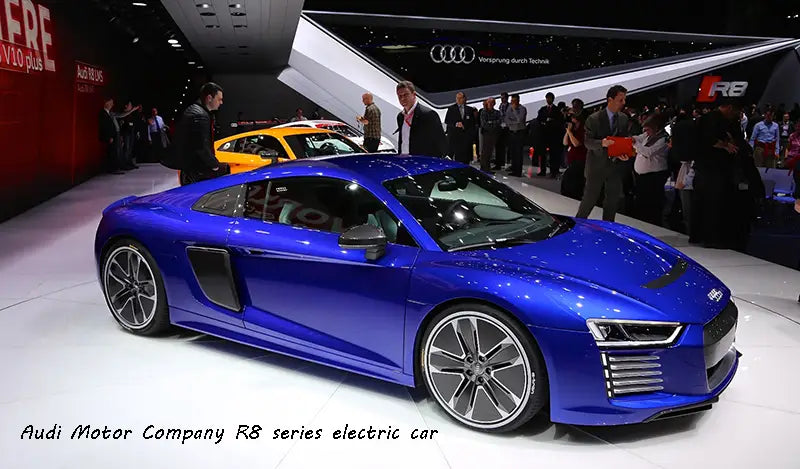
Compared with other countries, China's energy storage batteries manufacturers are currently small in scale and weak in strength. In order to develop high-performance and low-cost vehicle power storage batteries as soon as possible, major auto manufacturers have adopted the method of cooperation with battery manufacturers to develop, setting off an international upsurge in developing vehicle power batteries. Among them, GM has also cooperated with the internationally renowned lithium battery giants A123Systems, Compact Power, Cobasys and Saft, and its intention to seize the leading position in lithium battery technology is very obvious.
Based on the consideration of expanding the power storage battery industry and ensuring the safety of automobiles, the Ministry of Finance of China has specified in the subsidy requirements that automobile manufacturers and manufacturers of key components such as power storage batteries must have a certain capacity scale. To reach the scale, China's power storage battery enterprises still have a long way to go.
Read more: Development Status of Lithium Battery Electric Vehicles


